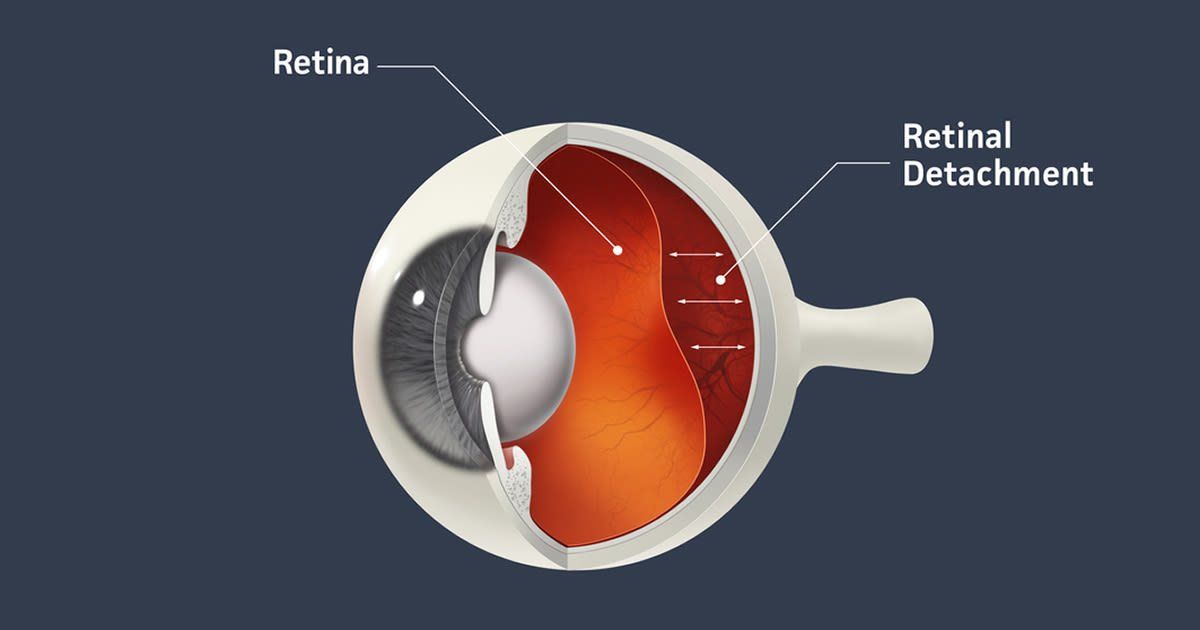Retinal Detachment
Repair YOuR Retina In Office
What is a retina?
The retina is the light-sensitive tissue lining the back of our eye. Light rays are focused onto the retina through our cornea, pupil and lens. The retina converts the light rays into impulses that travel through the optic nerve to our brain, where they are interpreted as the images we see.

Symptoms
Symptoms of a retinal tear and a retinal detachment can include the following:
• A sudden increase in size and number of floaters
• A sudden appearance of flashes, which could be the first stage of a retinal tear or detachment
• Having a shadow appear in the periphery (side) of your field of vision
• Seeing a gray curtain moving across your field of vision
• A sudden decrease in your vision
Any of the above symptoms may be indicative of a retinal detachment.
Risks
People with the following conditions have an increased risk for retinal detachment:
• Nearsightedness in which the eye is longer than normal
• Previous cataract, glaucoma or other eye surgery
• Severe eye injury
• Previous retinal detachment in the other eye
• Family history of retinal detachment
Weak areas in the retina can be seen by an ophthalmologist during an
eye exam.
Not Sure If It's Retinal Detachment?
Schedule An Eye Exam

Treatment for Retinal Detachment
Retinal tears need to be treated by sealing the retina to the back wall of the eye with laser surgery or cryotherapy. These procedures create scars that helps seal the retina which usually prevents the retina from detaching. These treatments cause little or no discomfort and may be performed in your ophthalmologist’s office.
In the event that the retina is detached, then vitrectomy surgery with or without a scleral buckle may be required. Often times a long lasting gas bubble is placed inside the eye as well to help the retina heal in place.







